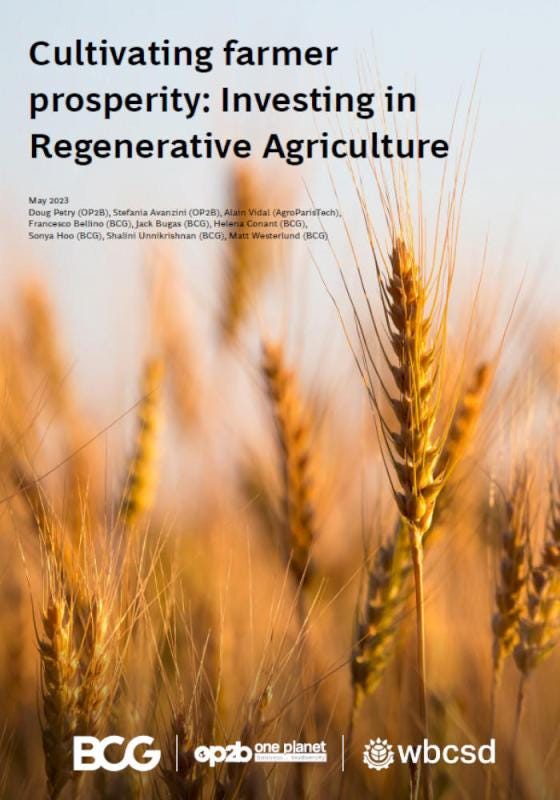Business Plans for Fields
Farming is a competitive business. Landowners need to look out 3-5 years, and adapt new research into strategic plans, or risk getting left behind.
Farmers always follow some form of a business plan for making field management decisions. Conventional growers decide which crop to plant based on yield and price, or they simply rotate the same 2-3 crops in succession based on their historic pattern. In North America, those tend to be some combination of corn, soybeans, wheat and canola.
New markets exist for simply adding a couple more crops to that rotation, minimizing tillage, and planting a cover crop to protect the soil in spring and fall. Government payments are available just to add a pulse crop to cut the farm’s use of nitrogen fertilizer. These options might not be as lucrative in Year 1 as growing corn, soybeans, wheat or canola using the recommended rates of inputs, but they do offer the field a break.
Conventionally-cropped fields need a break because - just like any business - when they’re run on full steam year after year, their ‘equipment’ wears out as a result. The functions of soil include:
Water holding capacity,
Building organic matter, and
Balancing nutrient and biology levels.
Working together, this equipment creates resiliency in the field to extreme weather events, and the ability to naturally cycle nutrients between plants and the atmosphere. Worn out fields eventually stop working and succumb to salinity, herbicide-tolerant weeds, persistent disease, erosion and flooding.
Fun Fact: Lots of regenerative farms end up dropping crop insurance. Eventually, their soils are functioning so well that they don’t see the payback.
Marketing Diversity
It used to be the case that in some pockets of North American grain markets, it was challenging to liquidate non-traditional crops like peas, beans, chickpeas and lentils. In recent years, this issue has disappeared due to a couple of factors:
The expansion in domestic processing of pulse crops for plant-based food ingredients.
The ability for farmers to look outside their local community, i.e. online and through social media, and find brokers and re-sellers dealing in smaller crops.
Validating the Profitability Claim
As this excellent new report illustrates, some farms require outside financing to purchase new equipment to start the transition. The authors clearly indicate sources to fill the economic gaps at each stage, concluding that that over the long-run, profitability could increase by 120%, but in the first two years of transition, new costs could come in between $15-45/ac.
The exact amounts of subsidies available to finance a farm’s transition, and who offers them, will differ by region, but some funding is available everywhere in North America right now. And more sources of financing are coming, for example new venture capital funds designed to offer investors participation in the permanent increase in farmland profits that starts several years in.
Summary
Prairie Routes Research and others have been looking at regenerative economics in the transition and over the long-term for years, but this study adds an interesting twist: comparing the ROI of regenerative farming, to the cost of inaction. Staring down a steady decline in competitiveness should be a strong motivation for conventional farmers to start right now converting a field or two, despite what all the skeptics say.
This is where Prairie Routes comes in. One of our flagship programs is a comprehensive 3-year crop budget with a detailed breakdown of the per-acre revenues and expenses in grazing croplands, intercropping, cover cropping, and reduced chemical input farmland management systems.
Taking into account all of the new revenue streams coming now and in future years, we produce multi-year financial projections and craft a detailed strategic plan. Our network of successful practitioners, regenerative farming experts from across western Canada, ensures that each plan is context-specific and meets customers exactly where they’re at.
To learn more, contact this author directly at hello@prairieroutes.ca. Thanks for reading!


